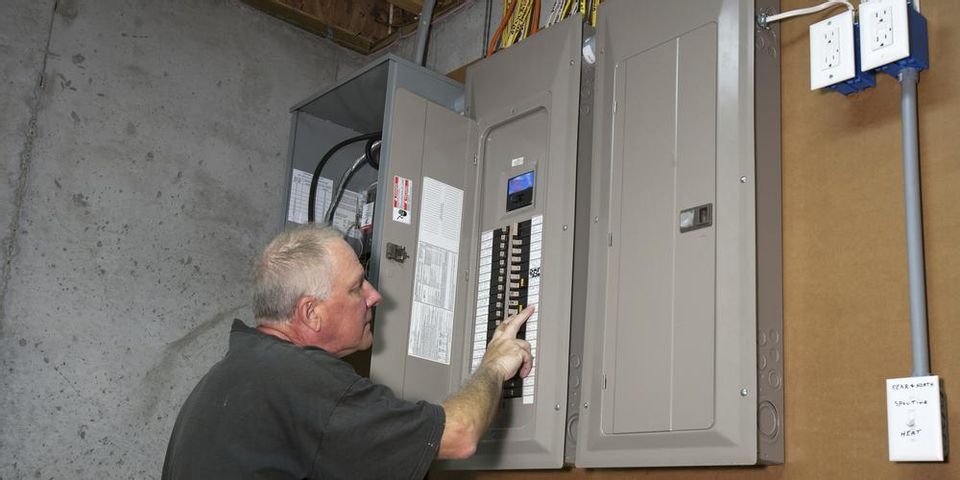A Residential Electrician Explains How Circuit Breakers Work

The circuit breaker or fuse box is the home’s hub of electricity. If you don’t understand how it works, though, you may find yourself blowing a fuse frequently or even creating dangerous situations. The residential electricians at Michael Lawrence Electric are here to help you understand how the circuit breaker works to pinpoint problems and avoid fire hazards in your Pico Rivera, CA, home.
Your Home’s Electrical Hub
When electricity enters the home, it goes to the circuit breaker, where it’s then divided between the various circuits. There are ones for low-power areas, like bedrooms and living rooms, where less electricity is needed, and circuits for high-power areas with large appliances, like your kitchen, bathroom, and laundry room. The low-power circuits are 15 amps, whereas the high-power ones are 20 amps.
How Circuit Breakers Work
 The circuits, electrical wires, and insulation are all designed to work together. The electrical current passes through the circuits via the wires to power appliances and devices. Sometimes, however, the circuit gets overloaded. You may have noticed this when the lights are on, plus a couple small appliances running, and the power shuts off in that area.
The circuits, electrical wires, and insulation are all designed to work together. The electrical current passes through the circuits via the wires to power appliances and devices. Sometimes, however, the circuit gets overloaded. You may have noticed this when the lights are on, plus a couple small appliances running, and the power shuts off in that area.
When that happens, it means you were trying to push more than 15 amps through a low-power circuit. The breaker can sense the excess current and “trips” to stop it. This prevents degradation to the wire’s insulation, which could cause a fire.
What to Do if You Keep Tripping the Breaker
If you keep tripping the breaker, it’s time to evaluate all the electrical items on that particular circuit. First, go to the breaker and determine whether the circuit you tripped was 15 or 20 amps. Because many appliances are measured in volts or watts rather than amps, you’ll need to use the simple formula of watts divided by volts, which will give the amps. Then, with that formula, calculate how much energy each electrical item is using. If it ends up over 15 amps, you’ll know why the breaker keeps tripping.
One of the only solutions is to simply move whatever item is tripping the breaker to a circuit that has more capacity. Another option would be to have a residential electrician install a dedicated circuit for appliances that use more than half its capacity. Whatever you do, don’t tamper with the breaker box; you could increase the risk of fire.
Whether you need electrical repairs, lighting installations, or advice on how to avoid tripping the breaker, the residential electricians at Michael Lawrence Electric are happy to help. For over 15 years, their licensed and insured electricians have provided a full range of services to homeowners throughout Los Angeles County. Call them today at (213) 591-0829 to request a free estimate and visit them online to learn more.
About the Business
(3 reviews)
Have a question? Ask the experts!
Send your question

